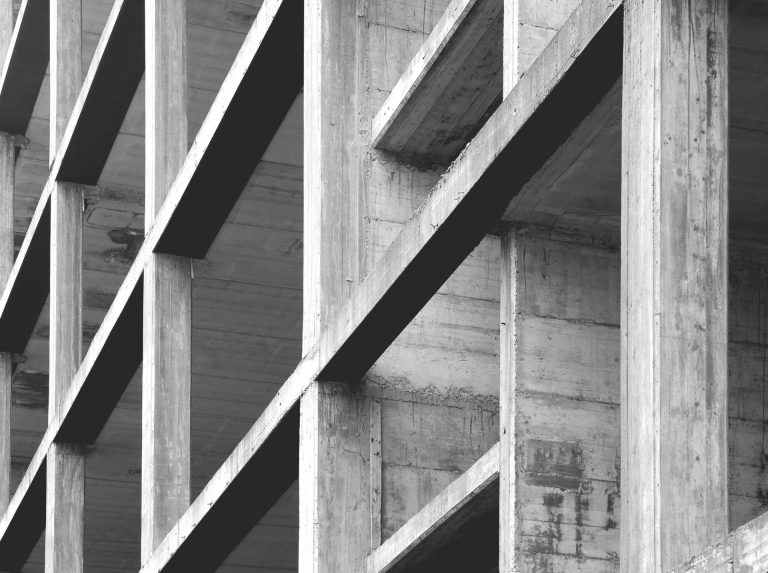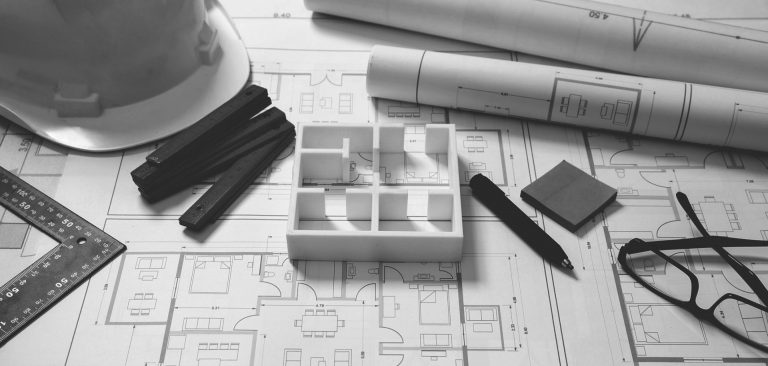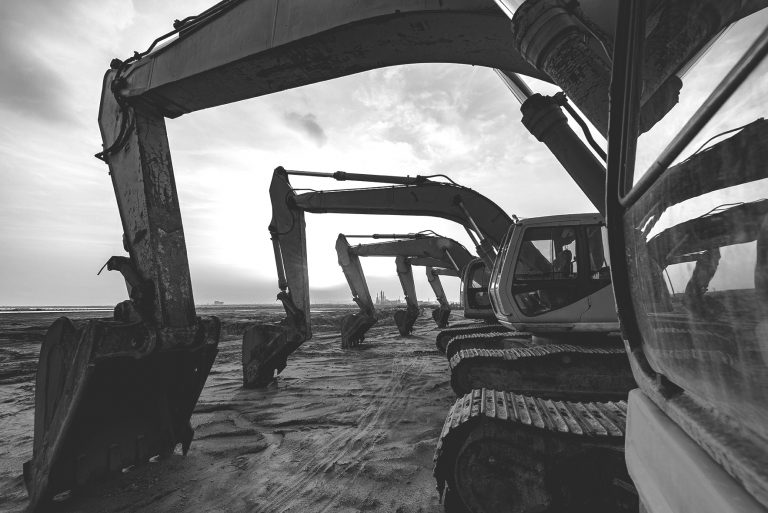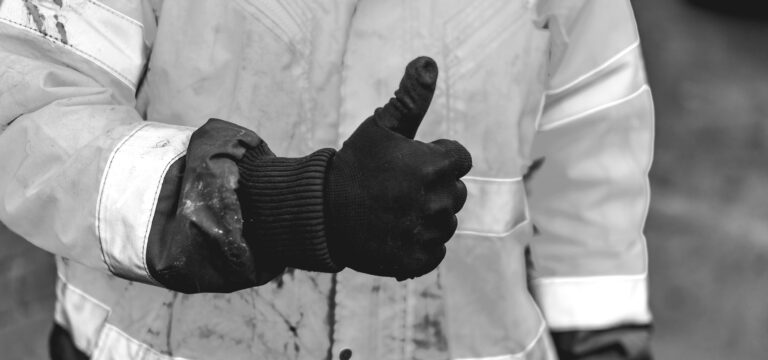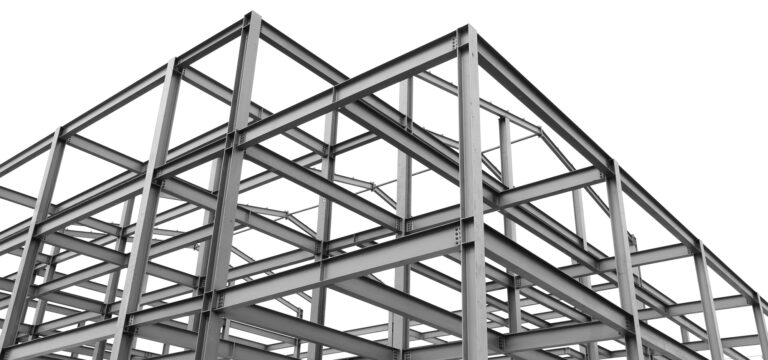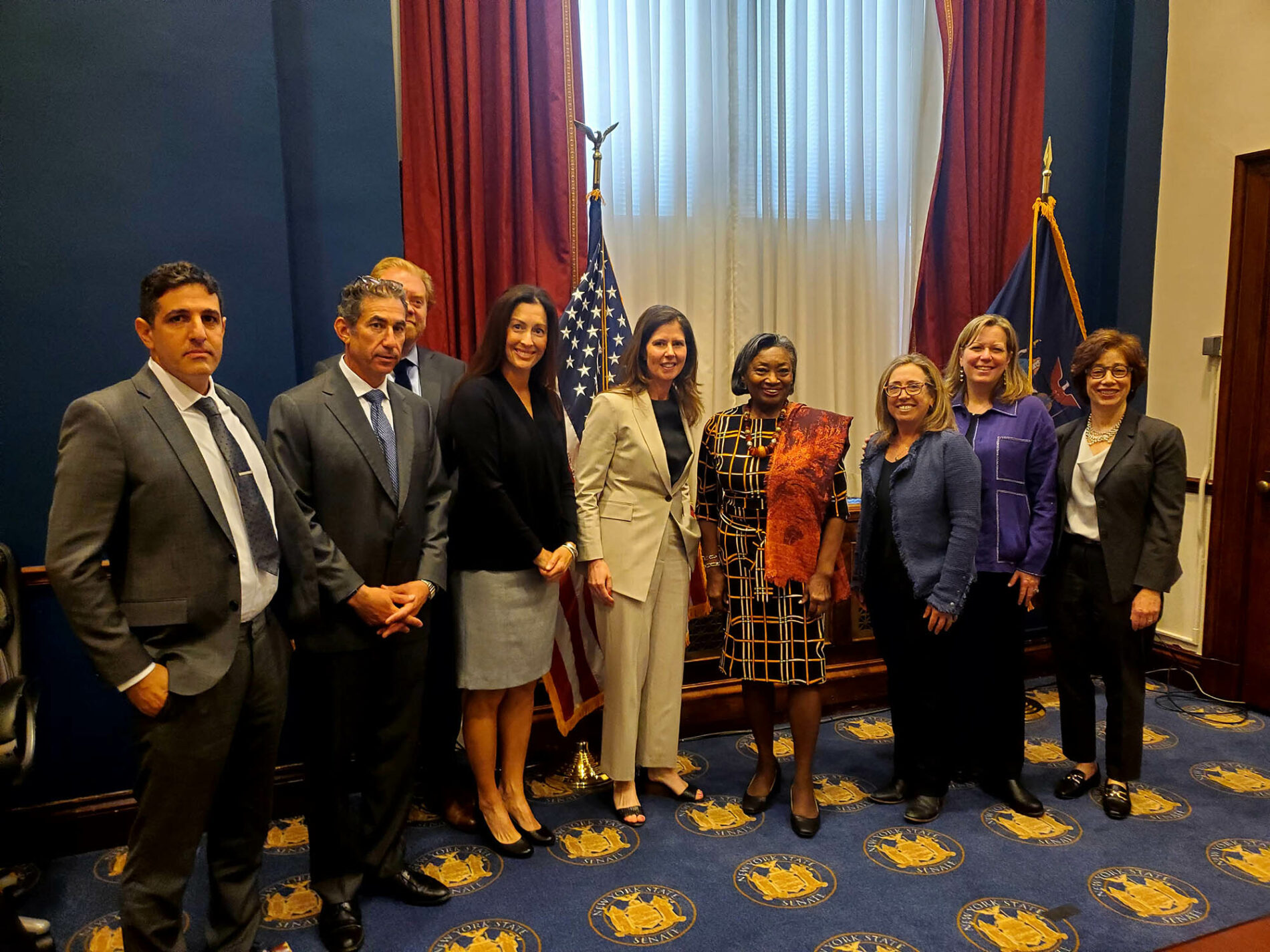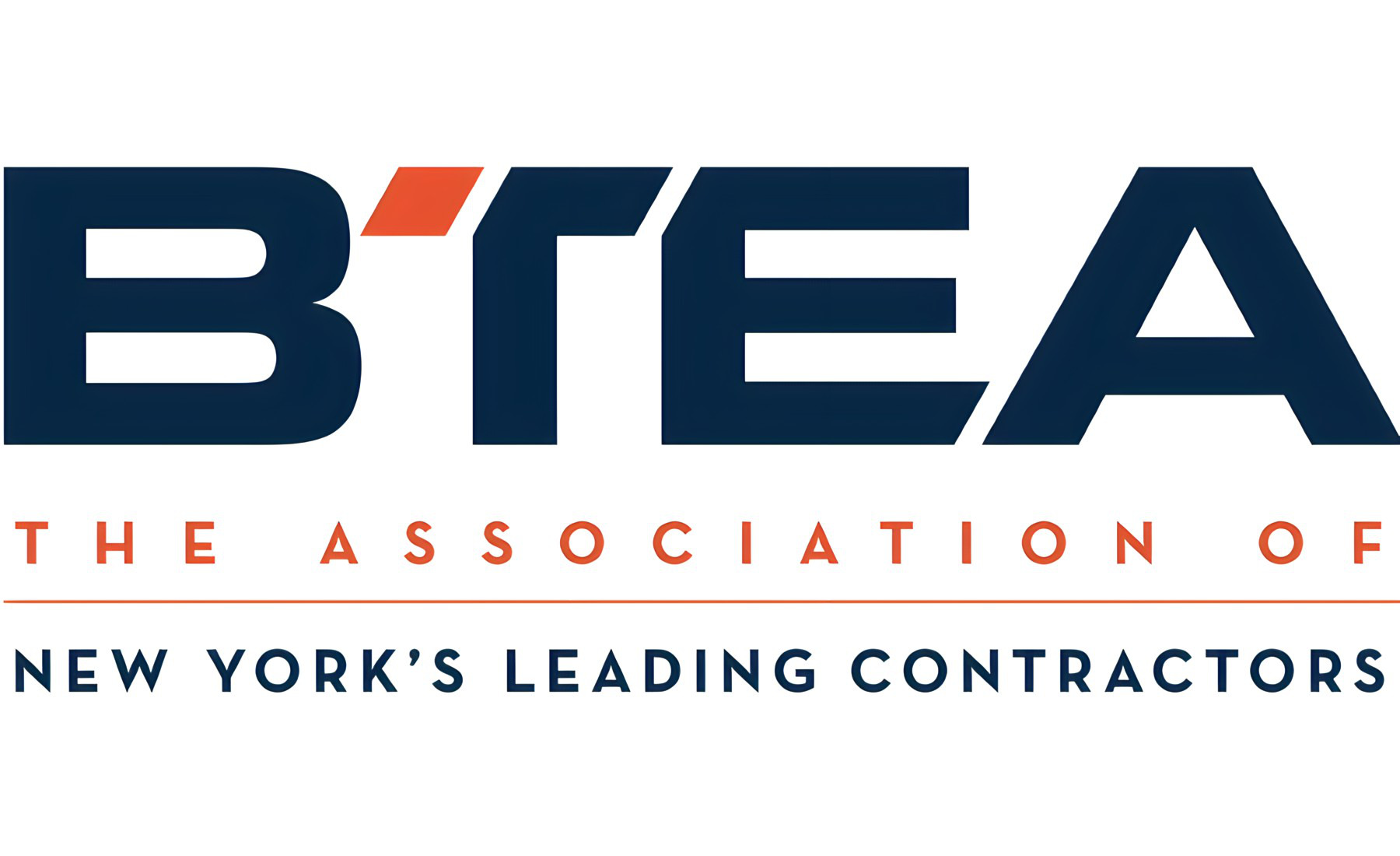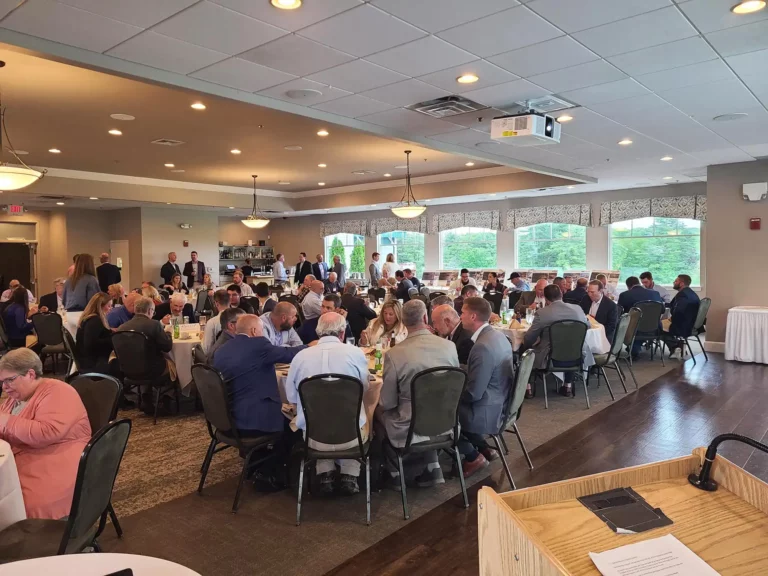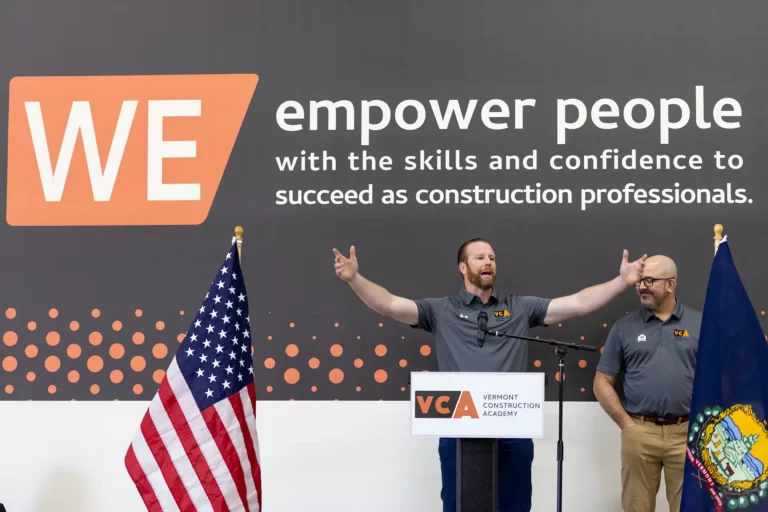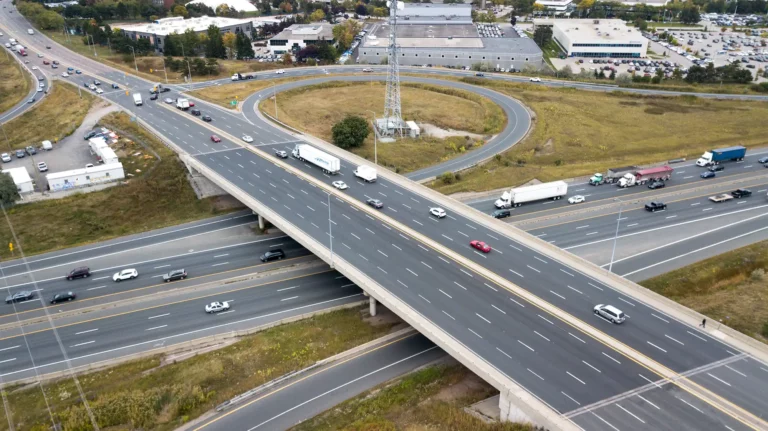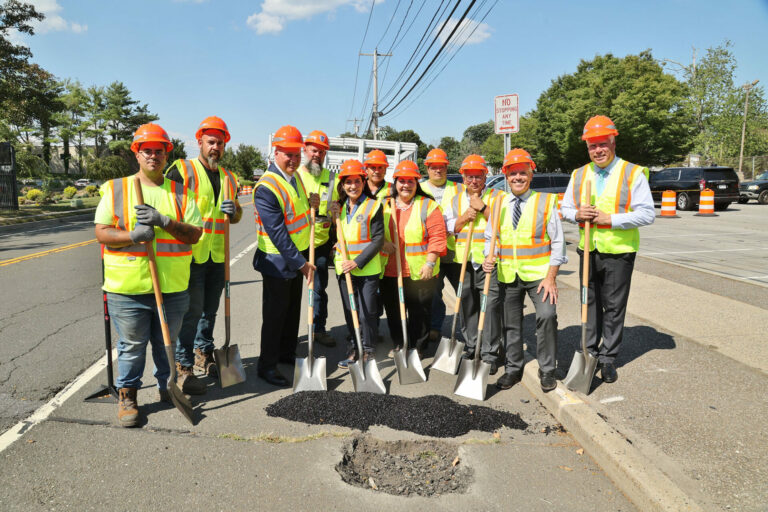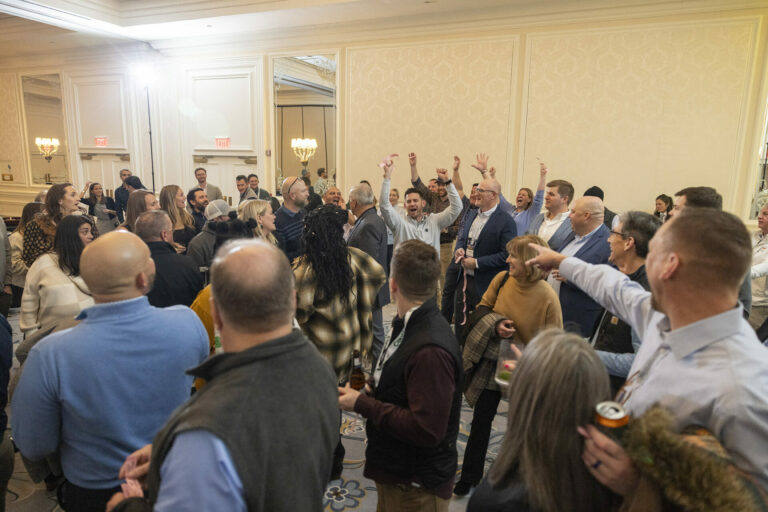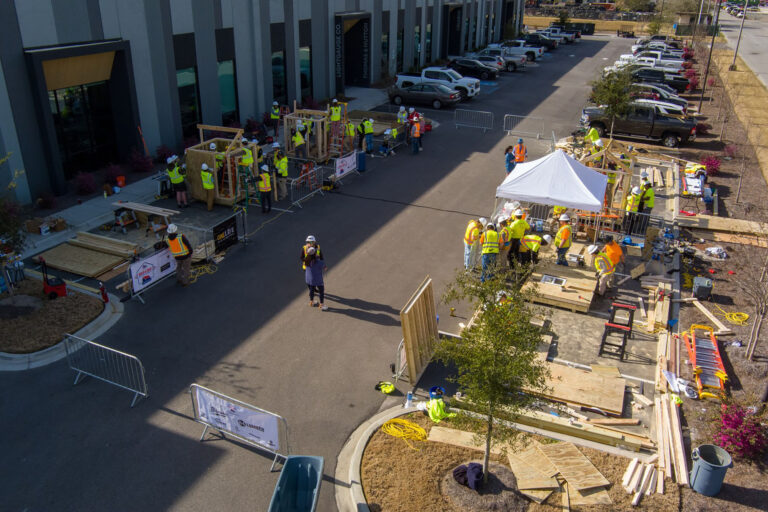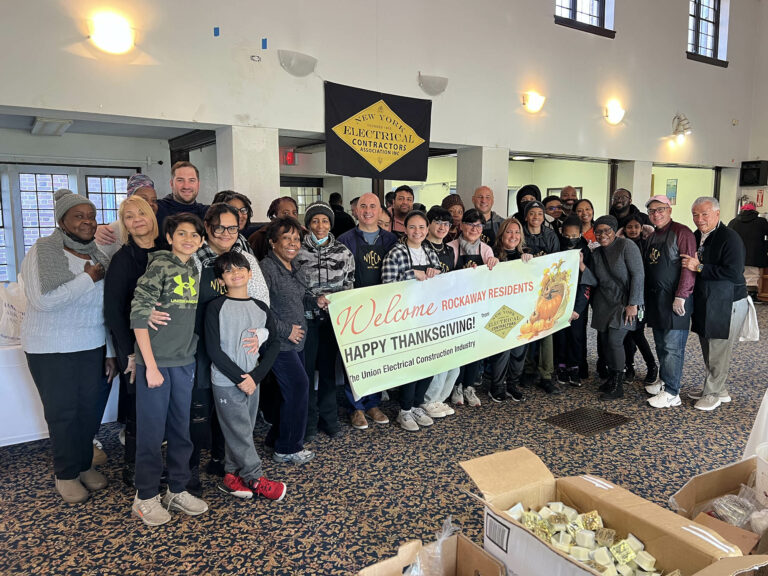For more than 121 years, the Building Trades Employers Association (BTEA) has served as the voice of union contractors in New York. Established at a time when the city was beginning to expand vertically, the BTEA has grown into the largest contractor association in the country, representing over 1,200 union contractors who employ more than 120,000 skilled tradespeople.

“It has been in existence since before New York subways & skyscrapers,” explains Elizabeth Crowley, President and CEO of BTEA. “Builders and contractors, who were mostly owners at the time, felt that unions were growing stronger, and they needed a counter-representation. That’s why the BTEA was formed, and it has remained ever since.”
BTEA plays a pivotal role in supporting its members, often acting as an intermediary between contractors and government agencies. “We bring value to the work they do,” says Crowley. “We help ensure that the contractor’s voice is unified, contributing to policies that strengthen the industry while preventing policies that could be harmful.”
One of the most pressing concerns in New York’s construction industry today is the rise of staged accidents which lead to fraudulent job site claims, which have led to soaring insurance costs. Insurance expenses in New York are the highest in the nation—four times greater than in California, where both the cost of living and business expenses are high. On average, insurance accounts for 10% of a project’s total cost in New York. “There’s so much waste, and our liability laws place an overwhelming burden on contractors, regardless of actual negligence,” Crowley explains. “This has opened the door for fraud and abuse, preventing projects from moving forward and even putting smaller companies out of business.”
Fraudulent claims often stem from minor injuries being exaggerated or entirely falsified to exploit New York’s strict liability laws. Some contractors have reported cases where workers have filed claims despite having sustained injuries off-site. These fraudulent activities drive up insurance premiums, discouraging investment in construction projects. BTEA is actively working to address these issues by advocating for legislative changes and promoting best practices to minimize liability risks.
To tackle rising insurance costs, BTEA also supports the growing use of Alternative Dispute Resolution (ADR) model, currently in use for the $19 billion renovation and expansion of John F. Kennedy International Airport. The program streamlines the handling of worker injuries, improving both safety and cost-efficiency.
According to Crowley, safety statistics from different governing agencies reveal no clear link between high insurance costs and improved worker safety. In fact, OSHA reports show that New York and California have similar worker incident rates, despite New York’s stringent liability laws. Additionally, worker fatalities are significantly more common on non-union sites.
The ADR program prioritizes safety from the outset, featuring on-site medical trailers staffed with physician assistants and highly trained medical teams. This immediate response reduces injury severity and ensures workers receive the highest level of care without delay.

If an employee is injured and unable to work, a dedicated board expedites workers’ compensation claims, eliminating the need for lengthy legal battles. The board consists of representatives from workers’ unions, employers, and an independent ombudsman. “This system has shown great promise,” Crowley says. “It started three or four years ago and has now expanded to multiple sites across the city.”
Currently, three sites in New York use the ADR program, and early data is encouraging. Over the past three years, sites employing ADR have seen a 30-40% reduction in injury-related losses and a significant drop in insurance costs. “We believe that over the course of the JFK project, it will show a 40% reduction in costs that otherwise would have been incurred,” Crowley adds.
When applied to a $100 million project, a 40% insurance cost reduction equates to savings of $4-5 million—an enormous difference in an industry where expenses are continuously rising. Such cost reductions allow contractors to allocate funds to other critical areas, including worker training, safety improvements, and advanced construction technologies.
Beyond physical safety, BTEA has expanded its focus to include worker wellness. The association hosted its first safety conference last year, highlighting the importance of mental health. “Often, our workers experience great stress—whether from the job or personal life,” Crowley says. “We want to ensure we’re addressing their total well-being, not just their physical safety.”
The conference included expert-led discussions on stress management, substance abuse prevention, and recognizing signs of mental health struggles. Many construction workers face demanding schedules, physically intensive labor, and the emotional toll of dangerous work environments. BTEA is advocating for more employer-provided mental health resources, including confidential counseling services and peer support programs.
Looking ahead to the remainder of 2025, New York’s construction industry remains busy, particularly in infrastructure. The Bipartisan Infrastructure Act, passed in the wake of the COVID-19 pandemic, has injected funding into the city’s aging bridges and roads while also supporting new expansion projects.
A key priority for BTEA is securing full funding for Metropolitan Transportation Authority (MTA) projects, including the Second Avenue Subway expansion. These projects are at risk due to ongoing debates over congestion pricing and how its revenue will be allocated.
“Making sure our capital needs are fully funded is crucial,” Crowley emphasizes. “New York has seen a decline in commercial investment, but assessments indicate that businesses still want to stay and expand here.”
To accommodate this demand, BTEA is advocating for increased commercial construction. “We need to be proactive about building more commercial space,” Crowley says. “We’re seeing promising plans, and we hope to see a surge in commercial and residential construction by late 2025 and into 2026.”
“We’re seeing promising plans, and we hope to see a surge in commercial and residential construction by late 2025 and into 2026.”
Affordable housing remains a top concern in New York, where the lack of inventory has driven prices to unsustainable levels. “We need more housing,” Crowley states. “Government tax abatements play a critical role in supporting development, and we’re hopeful that a newly passed law will encourage developers to build both market-rate and affordable housing using union labor.”
The state’s upcoming gaming licenses, which will permit the construction of three new casinos, also represent a major opportunity for the industry. Currently, 10-11 developers are competing for these licenses, with ambitious plans for new casino resorts in New York. Once the licenses are granted, these projects will create significant jobs and economic growth. BTEA is actively working with developers to ensure that these large-scale projects adhere to union labor standards, emphasizing quality and safety.
Crowley underscores the importance of BTEA as a unifying force for the industry, particularly during moments of crisis. “New York’s construction sector has faced enormous challenges—from COVID-19 to extreme weather events and even terror attacks,” she says. “Having a united and swift voice in these circumstances is crucial.”
Day-to-day, BTEA continues to ensure that the city’s capital projects remain fully funded, reinforcing the infrastructure that New Yorkers rely on. “Whether it’s transportation, housing, or schools, our industry is at the core of making this city function,” Crowley concludes.
As BTEA looks to the future, it remains committed to fostering a strong, safe, and sustainable construction industry—one that supports both its workers and the broader New York community.


